Getting to the Heart of Community Conflicts
Getting to the Heart of Community Conflicts
Insight MinLaw goes behind the scenes to uncover stories about how the work we do impacts you.
You may have seen headlines about feuding neighbours during the pandemic. The reasons were diverse – from unhappiness over cooking smells to loud noises and secondhand smoke. While such situations can sometimes escalate and turn hostile, these warring disputes can also be peacefully mended before further damage is done.
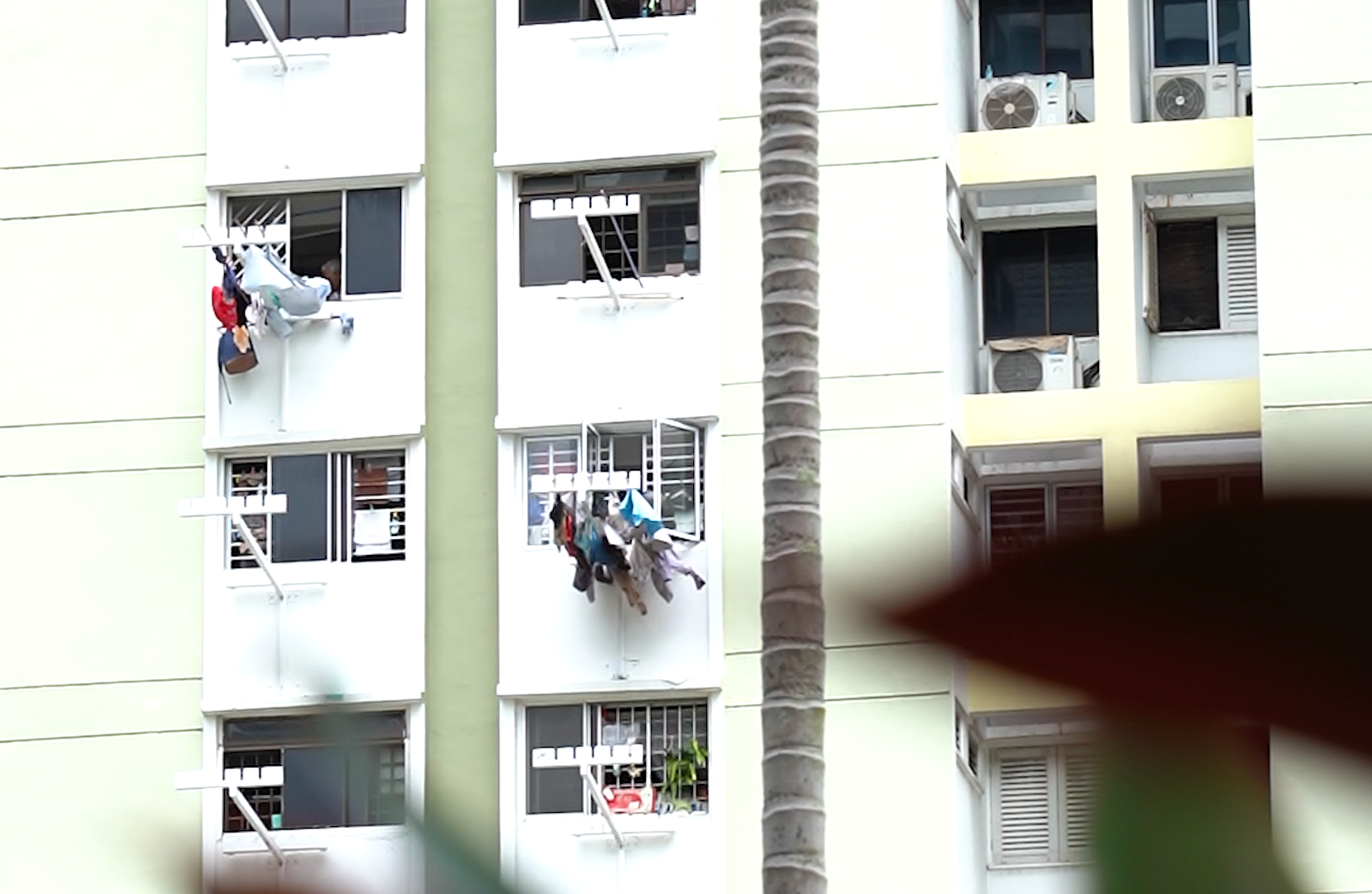
Many such cases end up at the Community Mediation Centre (CMC) under the Ministry of Law. It provides a low-cost avenue for citizens to resolve relational, community and social disputes. Besides neighbours in conflict, the CMC also deals with disputes between colleagues, family members, friends, and any kind of interpersonal relations. With a one-time $5 administrative fee, trained volunteer mediators guide disputing parties to reach mutually agreeable solutions for themselves, avoiding the costly and time-consuming route of court proceedings. This has allowed the CMC to maintain a healthy settlement rate of at least 80% for disputes handled by its mediators in the last few years.
 From left: Benjamin, Wei Ling, Joshua and Dave
From left: Benjamin, Wei Ling, Joshua and Dave
We speak to four CMC volunteer mediators, in their 30s, on their experience in handling community conflicts during this difficult period.
Mediation in the COVID Climate
Neighbour disputes have been on the rise since the COVID-19 pandemic started two years ago. The CMC saw an increase in the number of requests for mediation between neighbours in 2021 and 2020 compared to 2019, before COVID. Numbers showed that from January to September 2020, HDB received 11,400 cases of feedback relating to noise, an increase of about 3,600 cases for the same period in 2019.
Joshua M Saravanan, who has been volunteering at the CMC since 2015, attributed it to increased sensitivities towards our surroundings as work-from-home (WFH) arrangements became the norm. He said: “Maybe because people were not used to spending more time inside their houses, or for some other reason, tolerance levels may have dropped. What was once shrugged off as a quirk could now seem to be a nuisance with a gloss of malign intention.”
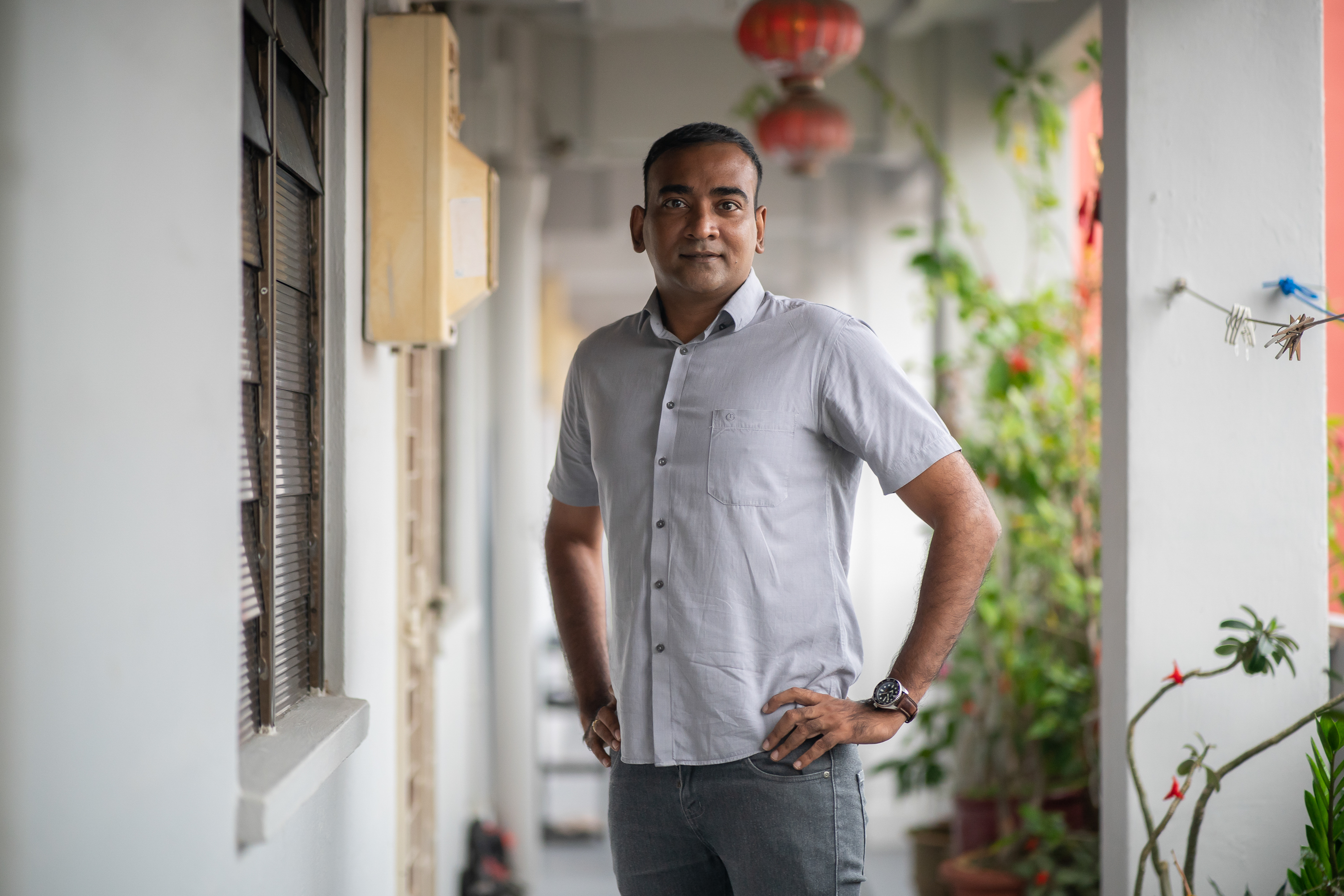 Joshua, a teacher and a volunteer mediator at the CMC
Joshua, a teacher and a volunteer mediator at the CMC
He recalled a case where an applicant complained about loud clanking noises by an elderly man along the HDB common corridor. The family expressed frustration that the noises disrupted their WFH situation and inconvenienced their daughter who was studying for her GCE ‘A’ Level exams. During mediation, the elderly man’s daughter explained that she had encouraged her father to occupy himself with a new hobby to lessen the friction between her parents who were spending more time at home. She had allowed him to refurbish discarded items for sale, which had caused the noise.
What could have been misunderstood as inconsiderate behaviour was clarified during the mediation session. According to Joshua, the neighbour’s sincere apologies and assurance that she would try her best to minimise the noise, allowed for a settlement agreement between the two parties.
Mediation sessions at the CMC are conducted in a private setting with two trained mediators. At the end of the session, if mutually agreeable solutions are found, parties will enter into a written agreement.
Mediators Do Not Decide on the Outcome
A common misconception is that applicants expect mediators to decide on how the conflict will resolve. Mediators are trained to help parties open up to share their side of the story. Where necessary, there will be a private session where a mediator speaks to a party individually to facilitate easy sharing and to gather information that one party might be uncomfortable to disclose to the other directly.
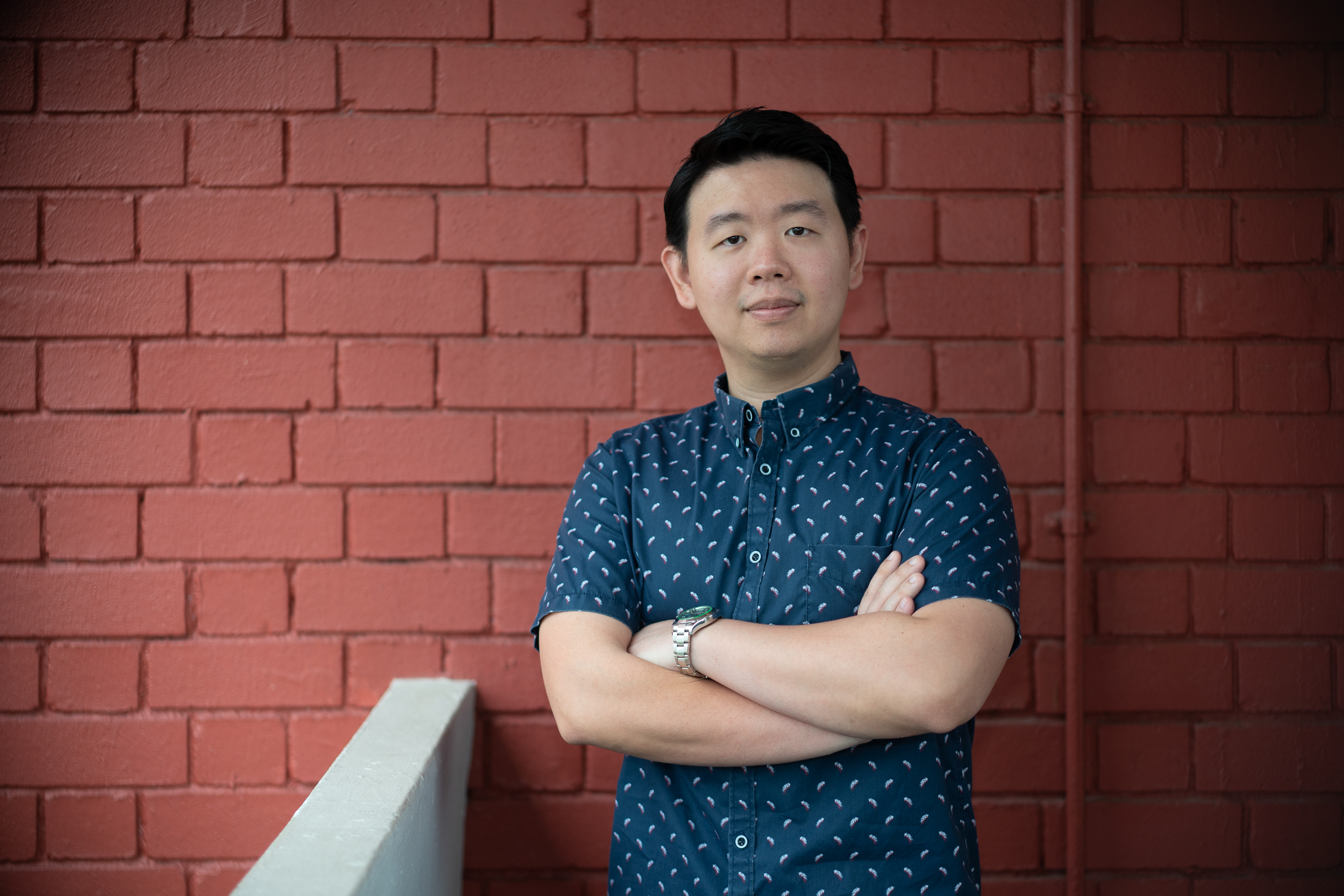 Benjamin, CEO of Social Enterprise, Speco and volunteer mediator at the CMC
Benjamin, CEO of Social Enterprise, Speco and volunteer mediator at the CMC
Benjamin Chua, a CMC volunteer mediator for 7 years, shared about a case where a group of residents complained against an elderly couple who had apparently damaged the residents’ clothes and bedsheets that were hung along the common corridor, with pesticide. The affected residents were seeking more than $10,000 in compensation.
Benjamin noted: “During the private session, we found out that the wife was hit by a car and suffered brain damage that year, causing her to behave irrationally. When the parties reconvened, the husband was literally on his knees explaining that he could not afford to repay the damages, being a blue-collar worker and spending most of his earnings on his wife’s medication. The session happened during the Christmas period and we were able to mediate the case successfully with the Respondent agreeing to throw away all the pesticides that were in the house.”
Age Matters Not
A common stereotype about mediators is that he or she is an elderly person who would command the respect needed in a mediation session. But younger mediators have shown to be able to hold their own. Chan Wei Ling, who has been volunteering for CMC for more than 5 years, admits slight challenges initially at being a mediator in her 30s. She said: “Parties who are older may sometimes be dismissive because they think I lack the necessary experience or expertise. But their views tend to change when I mediate because they can see the professionalism.”
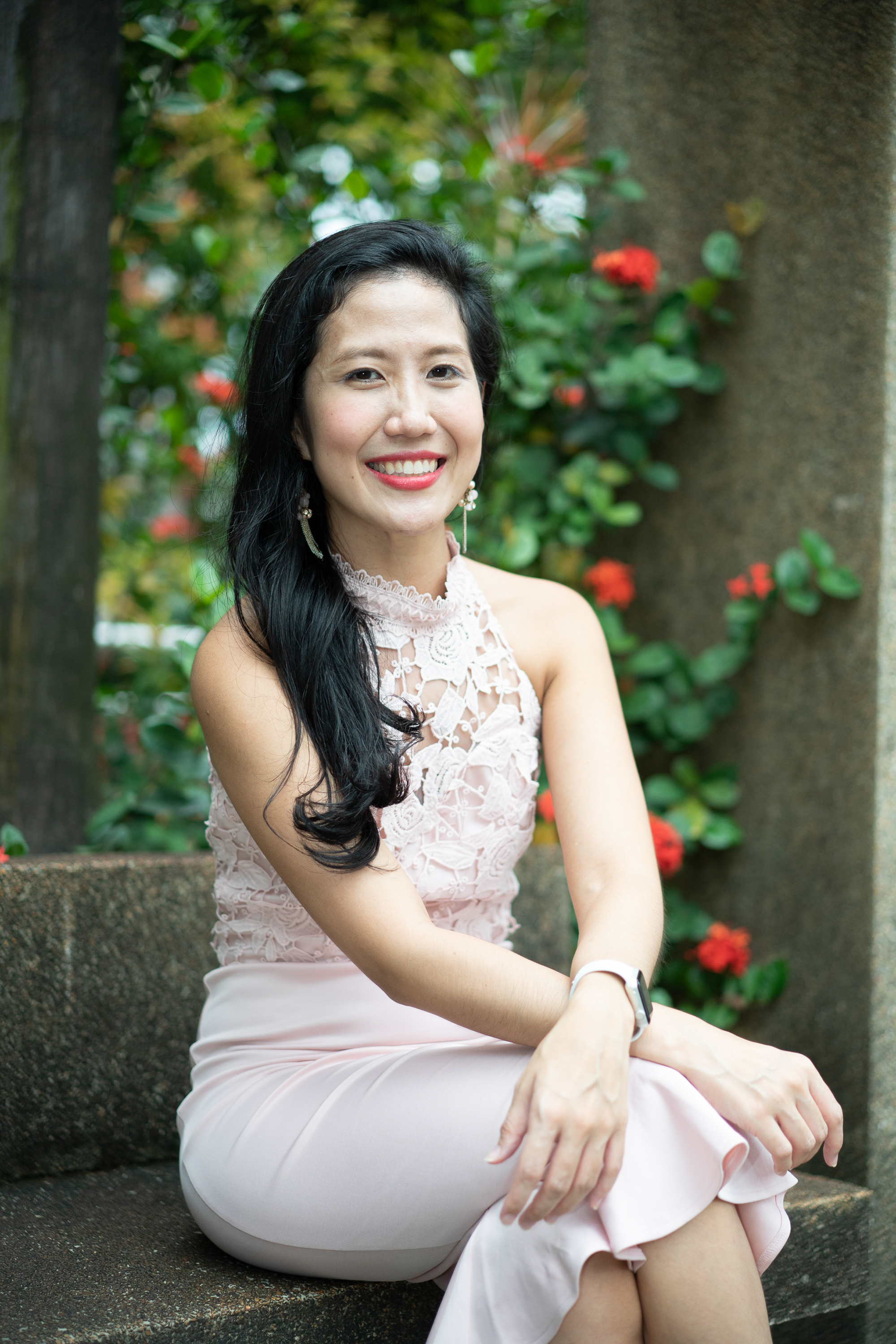 Wei Ling, Legal Counsel in Singapore Land Authority (SLA) and volunteer mediator at the CMC
Wei Ling, Legal Counsel in Singapore Land Authority (SLA) and volunteer mediator at the CMC
Benjamin echoes this sentiment, “I was worried that no one would pay much heed or even doubt my mediation process. However, it was an unfounded worry. I believe that by being sincere and professional, everyone would realise that we are here to help and solve issues. It also helps that senior mediators in the CMC are nurturing and would guide me along.”
The CMC usually pairs a less experienced mediator with a more experienced colleague during a session so the junior mediators can learn from their more senior counterparts. Joshua shared that Applicants and Respondents become receptive once they can sense that young mediators have the right aptitude and attitude.
All volunteer mediators for the CMC undergo training and apprenticeship before being appointed. Besides providing regular trainings and webinars, the CMC also arranges sharing sessions so that mediators can learn from each other’s experiences.
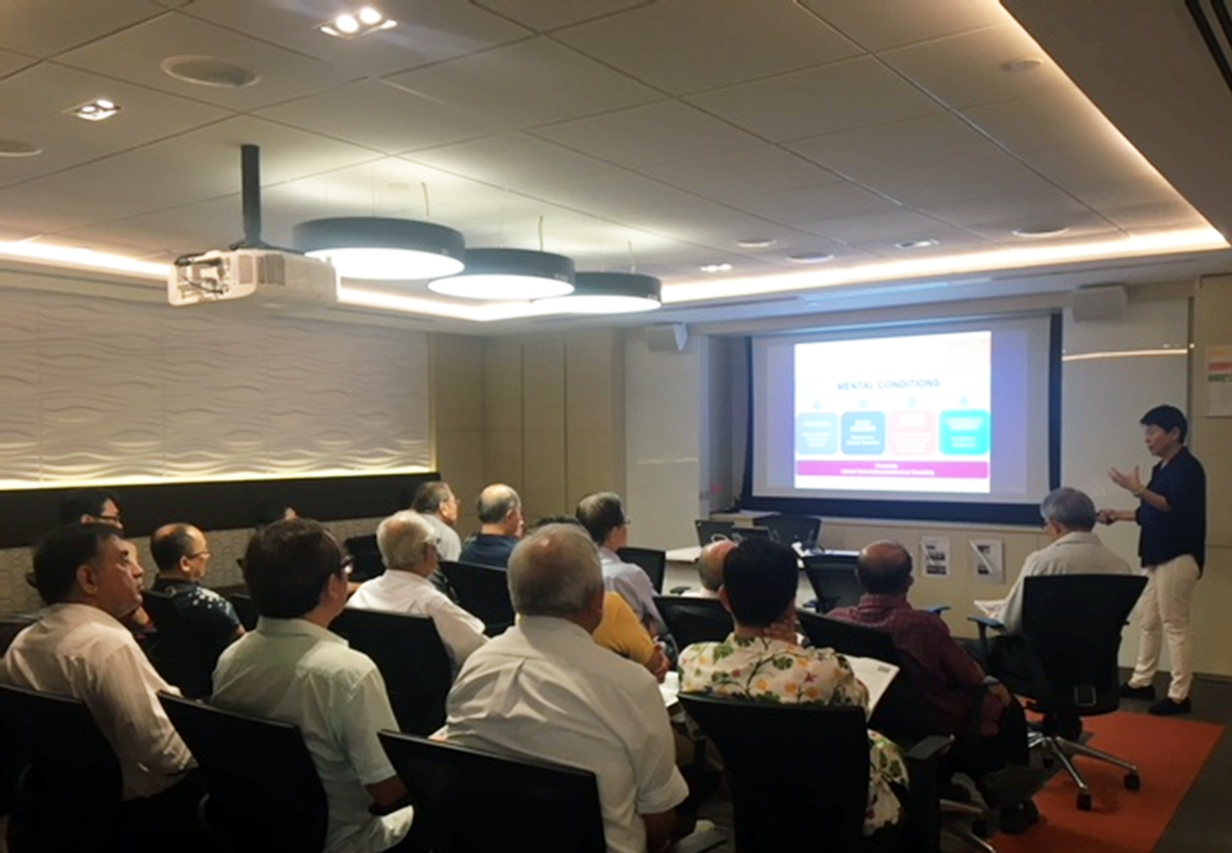 CMC mediators attending a course on “Understanding Mental Illness and Dementia” conducted by the Agency for Integrated Care (AIC)
CMC mediators attending a course on “Understanding Mental Illness and Dementia” conducted by the Agency for Integrated Care (AIC)
Lessons From the Pandemic
Besides training and sharing sessions, real-life cases provide the best learning opportunities – not just in conflict resolution but also in life skills, as the mediators shared.
Wei Ling chose to volunteer because of an intrinsic curiosity in human behaviour while Joshua cited an early childhood memory of unnecessary tension with a neighbour that encouraged him to learn more about helping to heal conflicts.
Dave Yang, an education director, who has been a volunteer mediator at the CMC since 2018, is motivated to resolving conflicts in ways that foster collaboration and success rather than escalating and aggravating conflict. He said: “The experience can be freeing for both parties, resulting in greater communication and working partnerships.”
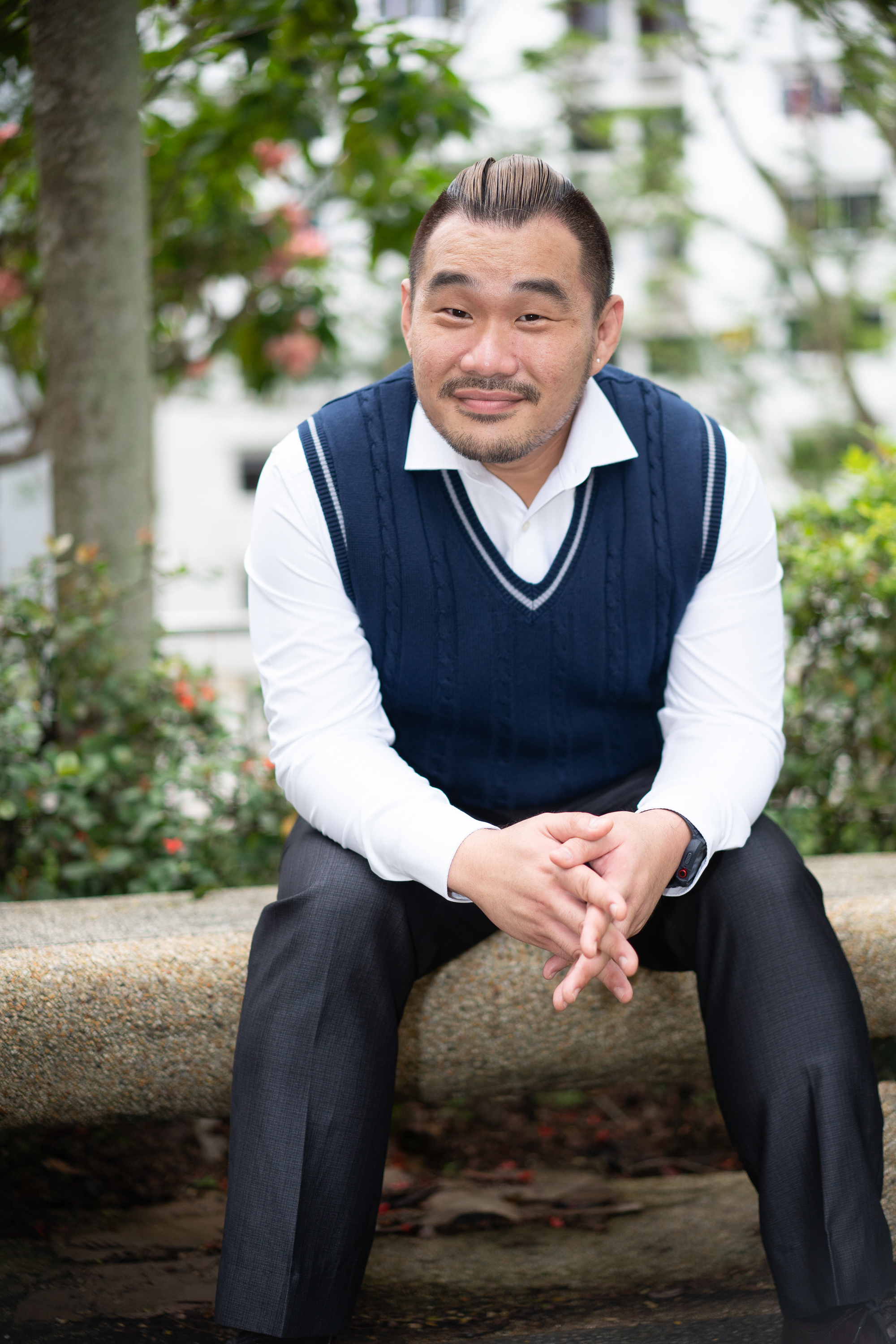 Dave, education director and volunteer mediator at the CMC
Dave, education director and volunteer mediator at the CMC
It is a continuing learning experience for the mediators. According to Dave, the pandemic has taught them to embrace video conferencing in mediation when parties were unable to attend physically or when the Centre had to abide by prevailing Safe Management Measures. This meant that mediators had to be sharper in detecting non-verbal cues in a virtual setting. Wei Ling said: “I’ve learnt to be more astute in listening and observing because parties may have hidden messages in their choice of words, tone and body language.”
And it has been more crucial to uncover the “hidden messages” during COVID as conflicts turned more complex, especially when underlying issues such as mental health problems and unemployment woes surfaced.

Benjamin’s poignant case involving a helpless father is just one of many:
“I handled a case where it seemed like a normal complaint about nuisance. A neighbour’s excessive smoking causing nuisance to another party. Initially, this seemed like a straightforward case. However, during the private session, the father of the Respondent teared up and mentioned that his son (the Respondent) had lost his job during the pandemic. He was suffering from depression and picked up chain smoking. The father claimed that his son’s smoking was the least of his worries as during the last month, his son had attempted suicide multiple times.”
“This hit us hard as we realised that this was a bigger issue as compared to a nuisance complaint.”
The Remedy is Empathy
While the world has been busy fighting an invisible virus, it may be easy to overlook the quiet frontline work of these mediators who have been helping to heal unseen wounds – wounds that come in the form of rifts in our social fabric as we grapple with new norms. The job is laced with complexities of understanding human behaviour, yet all four mediators mentioned the same word when it comes to finding a solution – empathy.
Benjamin continued about his case, “When the Applicant came to know of this fact (about the son’s problem), not only were we able to wrap up the case quickly, the Applicant had also volunteered to help keep an eye on the son so that the family could have some respite. This showed that Singaporeans do have compassion and are willing to help each other out in times of need.”
As such successful mediation cases have shown, fiery conflicts are often extinguished when both parties put on an empathetic lens. Institutions like the CMC will continue to encourage good neighbourly habits and mediators can guide towards amicable conflict resolutions to a certain extent, but the power to create a tolerant and understanding society ultimately rests on the individual. As Dave noted succinctly: “Between the head and the hands is the heart and disputes happen when information is passed from the brain to the hands without going past the heart”.
If you need more information on community mediation or would like to apply for a session at the CMC, visit here.
For more on the enhancements to the Community Dispute Mediation Framework, read MinLaw’s COS 2022 speech here, and MCCY’s speech here.
Last updated on 18 March 2022
Other stories you may like:
Time to Suit Up, Paralegals
Shifting Gears: From Media to Mediation

